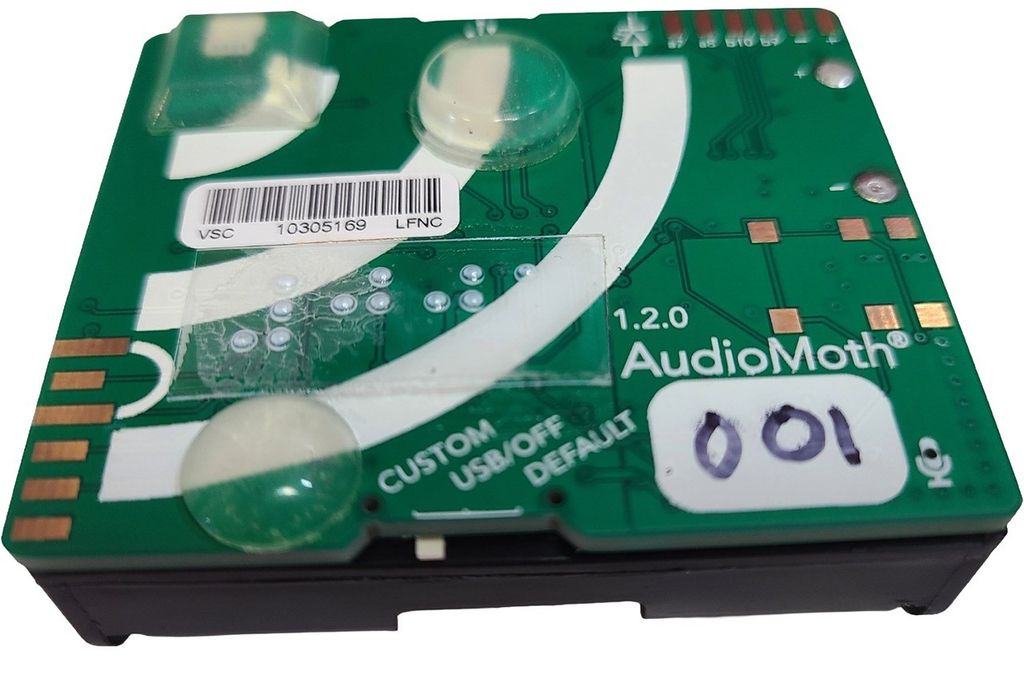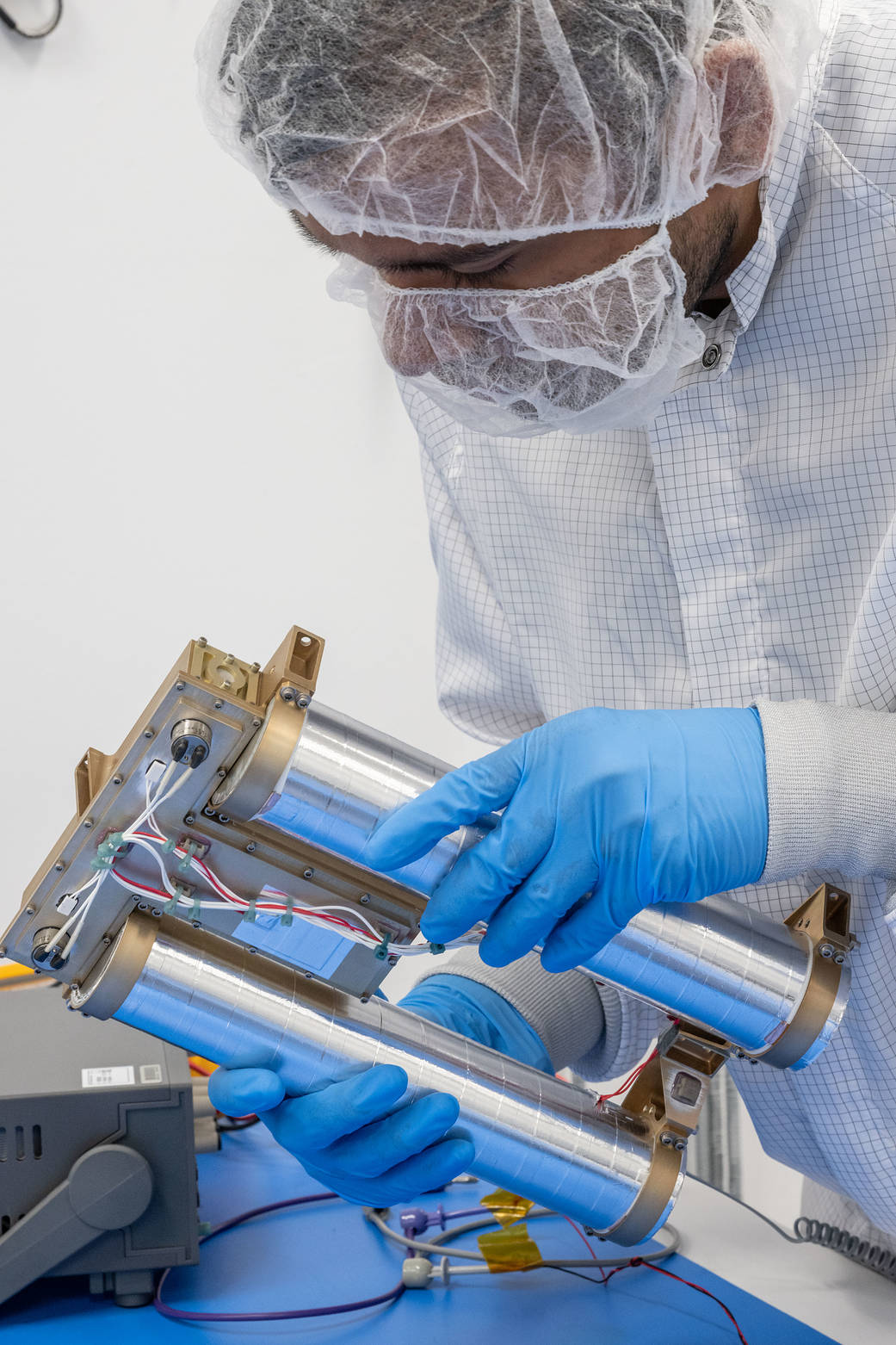An instrument capable of helping locate water under the lunar surface has arrived at NASA’s Johnson Space Center in Houston, where it will be installed on NASA’s next lunar rover set to land on Mons Mouton near the Moon’s South Pole in late 2024. This is the third instrument to arrive as a team of engineers assemble and integrate NASA’s VIPER—short for Volatiles Investigating Polar Exploration Rover—in preparation for delivery to Astrobotic through NASA’s Commercial Lunar Payload Services initiative.
The Neutron Spectrometer System, designed at NASA’s Ames Research Center in California’s Silicon Valley in partnership with Lockheed Martin Advanced Technology Center, is a part of VIPER’s suite of instruments that will allow it to study the distribution of water and other potential resources on the Moon. The system targets its search for hydrogen, the element that’s the telltale sign of water, or H2O.
The Moon’s surface is always radiating particles called neutrons. When neutrons collide with something similar to them in mass – like a hydrogen atom – the neutrons quickly lose energy. Its ability to detect that change, means the Neutron Spectrometer System plays a big role in mapping potential sites where water may lie up to three feet below the surface and helping scientists decide where to drill in search for water.
The Neutron Spectrometer System has undergone extensive testing in both laboratory and field deployments. Two other VIPER science instruments, the Near Infrared Volatile Spectrometer Subsystem and the Mass Spectrometer Observing Lunar Operations, also completed testing and have arrived at Johnson, where they too will be integrated into the VIPER rover over the coming months. The Regolith and Ice Drill for Exploring New Terrains is still undergoing testing and will arrive at Johnson for integration later this year as well.
“Within our team, we often describe this system with the phrase ‘born ready.’ And when VIPER lands, it will be, thanks to the years of dedicated development and testing that made it possible,” said Rick Elphic, NSS principal investigator at Ames. “The shipment from Ames and delivery to Johnson is the continuation of the long journey to the surface of the Moon.”






















